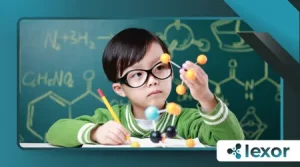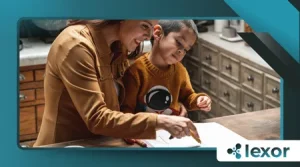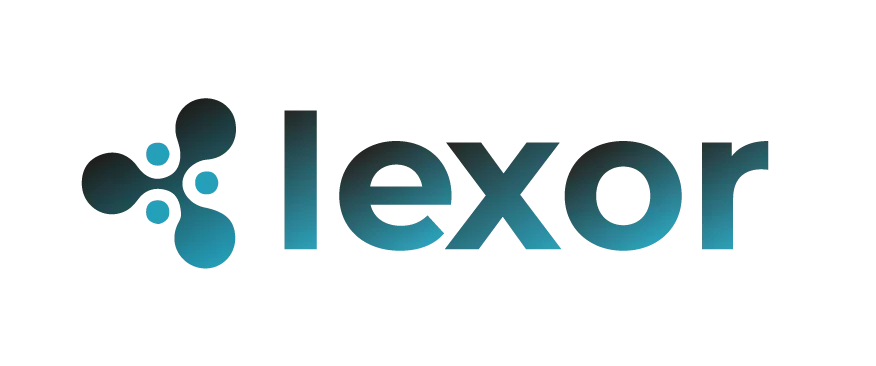Why Early Coding Skills Matter (and How to Teach Them)

In our increasingly digital world, the importance of fostering early coding skills for children has become undeniable.
This isn’t about creating a generation of professional programmers, but rather about equipping young minds with the essential cognitive tools needed to navigate and thrive in the 21st century.
Learning to code at a young age transcends simply memorizing commands; it’s a gateway to logical reasoning, problem-solving, and creative thinking.
Beyond the Code: Unlocking Cognitive Potential
Coding is essentially a language of logic. It teaches children to break down complex problems into smaller, manageable steps.
This process, known as decomposition, is a fundamental skill that applies to every facet of life, from organizing a school project to planning a family outing.
When a child learns to debug a simple program, they are simultaneously developing a resilient mindset, understanding that errors are not failures but opportunities for learning.
They learn to systematically identify and correct mistakes, a valuable trait that fosters patience and persistence.
The Analogy of Language Acquisition

Think of learning to code as similar to learning a second language during childhood. Just as a child’s brain is highly receptive to new linguistic patterns, it is equally adept at absorbing computational thinking.
The earlier a child is exposed to these concepts, the more naturally they become integrated into their thought processes.
++Virtual Reality in Courtrooms: Evidence Presentation and Training
This isn’t about rote memorization, but about building an intuitive understanding of how systems work.
It’s about developing fluency in the language of technology, a skill that will only become more crucial as we move forward.
Navigating the Digital Landscape with Confidence
Teaching children to code also empowers them to be creators, not just consumers, of technology.
When they understand the principles behind the apps and games they use, they transition from passive users to active participants.
++How to Encourage Safe and Productive Digital Play
They can begin to see the possibilities of what can be built, sparking an entrepreneurial spirit and a sense of agency.
This shift is crucial for their long-term success and sense of self-efficacy in a world dominated by screens.
From Blocks to Bytes: Practical Teaching Methods
So, how can parents and educators effectively introduce these concepts? The key is to make it engaging and age-appropriate.
For very young children, visual programming languages that use drag-and-drop blocks are ideal.
Tools like ScratchJr and Tynker allow kids to create interactive stories and games without needing to type a single line of code.
++The Pros and Cons of Tablets in Preschool Education
These platforms simplify complex concepts into tangible, colorful building blocks.
For a slightly older child, moving to more sophisticated block-based platforms or even introducing text-based languages like Python can be a natural progression.
The focus should always be on project-based learning. An example might involve a child creating a simple choose-your-own-adventure story.
They would define the characters and scenarios, then use conditional logic (if-then statements) to guide the user’s journey.
This is a powerful, hands-on way to understand programming fundamentals. Another example could be creating a simple quiz game.
The child would write the questions and answers, and then program the code to check if the user’s input is correct, providing feedback.
Cultivating Creativity and Innovation
Coding is an inherently creative process. It’s a blank canvas where children can bring their wildest ideas to life, from designing a new character for a game to building a virtual world.
This encourages them to think outside the box and to see problems not as obstacles, but as puzzles waiting to be solved.
By allowing them to build and experiment freely, we are fostering a spirit of innovation that is essential for future generations.
It’s a chance for them to express themselves in new and dynamic ways, blending logic and imagination seamlessly.
The Future of Work and the Role of Early Coding
The demand for professionals with strong computational skills is projected to skyrocket.
A 2024 report by the Bureau of Labor Statistics indicated that employment in computer and information technology occupations is expected to grow by 12% from 2022 to 2032, much faster than the average for all occupations.
This translates to an estimated 377,500 new jobs over the decade.
While not every child will pursue a career in technology, having a foundational understanding of coding provides a significant advantage regardless of their chosen field.
| Skills Developed | Application Beyond Coding |
| Logical Thinking | Strategic planning, decision-making |
| Problem-Solving | Analyzing challenges, finding solutions |
| Creativity & Innovation | Generating new ideas, artistic expression |
| Collaboration | Team projects, communication |
| Persistence | Overcoming obstacles, resilience |
This table illustrates the broad applicability of the skills developed through learning early coding skills.
Why the Time is Now for Early Coding Skills
The world is changing at an unprecedented pace. The challenges and opportunities of the future will require individuals who can think critically, adapt quickly, and innovate constantly.
Exposing children to early coding skills today is not a luxury; it is a critical investment in their future.
Are we truly preparing our children for a world we haven’t even fully imagined if we don’t give them these fundamental tools? This is a question parents and educators must seriously consider.
The opportunity to shape a child’s foundational mindset is immense.
By introducing early coding skills in a fun, pressure-free environment, we’re not just preparing them for a career, we are preparing them for a life of curiosity, innovation, and endless possibilities.
This is the ultimate gift we can give them as they grow.
Frequently Asked Questions
Q: Is it possible for a child to be “too young” to start coding?
A: No. At very young ages, “coding” is really about foundational computational thinking. Using platforms like ScratchJr, a child as young as four or five can begin to grasp the concepts of sequencing and logical order through visual blocks. The key is to match the tool to the child’s developmental stage.
Q: My child isn’t interested in technology. Should I still push them to learn to code?
A: Instead of “pushing,” try introducing coding concepts through their existing interests. If they love art, use coding to create digital artwork. If they enjoy storytelling, have them code a story. Connecting coding to their passions makes it an enjoyable extension of their hobbies, rather than a forced lesson.
Q: Do you need to be a programmer to teach your child to code?
A: Absolutely not. Many of the most effective tools for teaching children to code are designed for parents and educators with no prior programming experience. These platforms often come with guided lessons and projects, making it easy for anyone to get started alongside their child.
